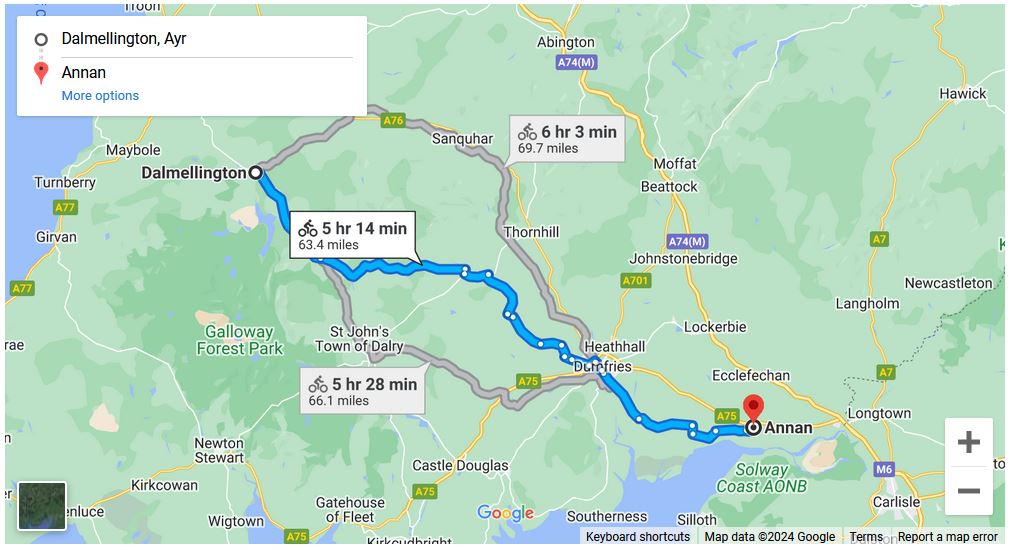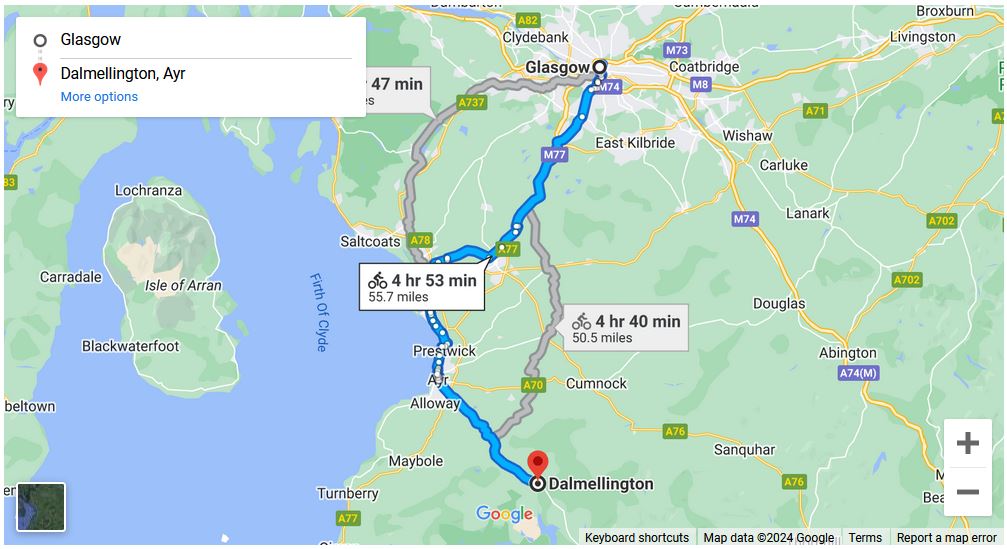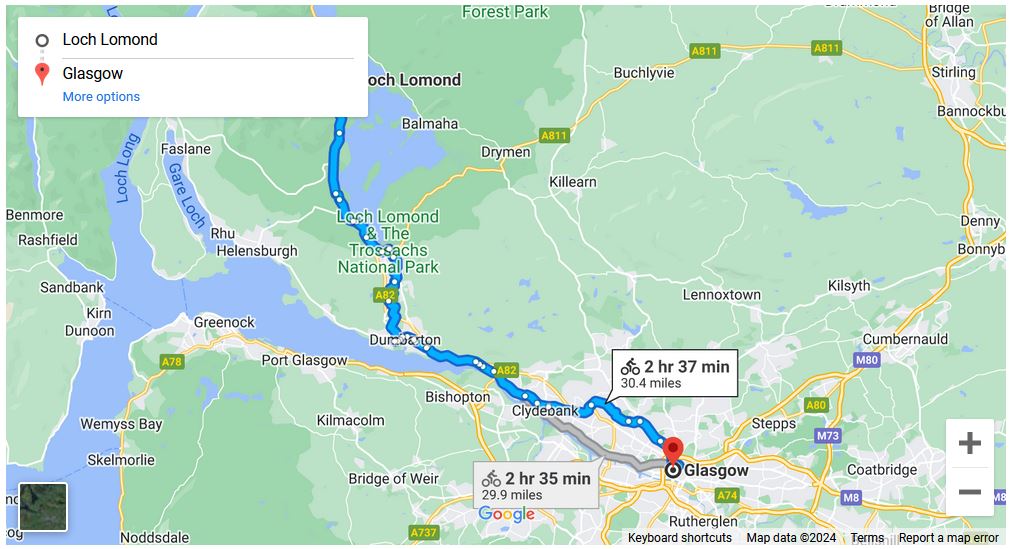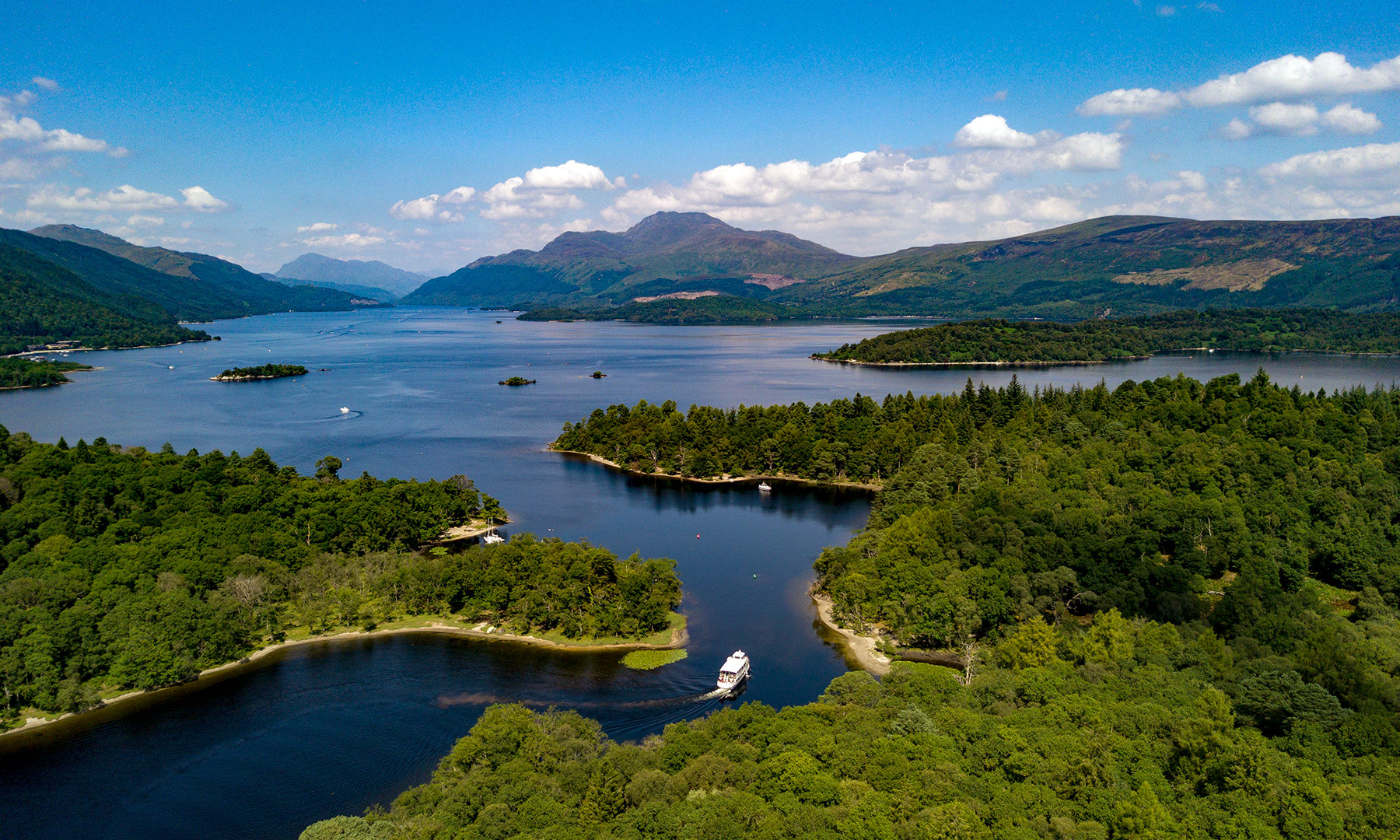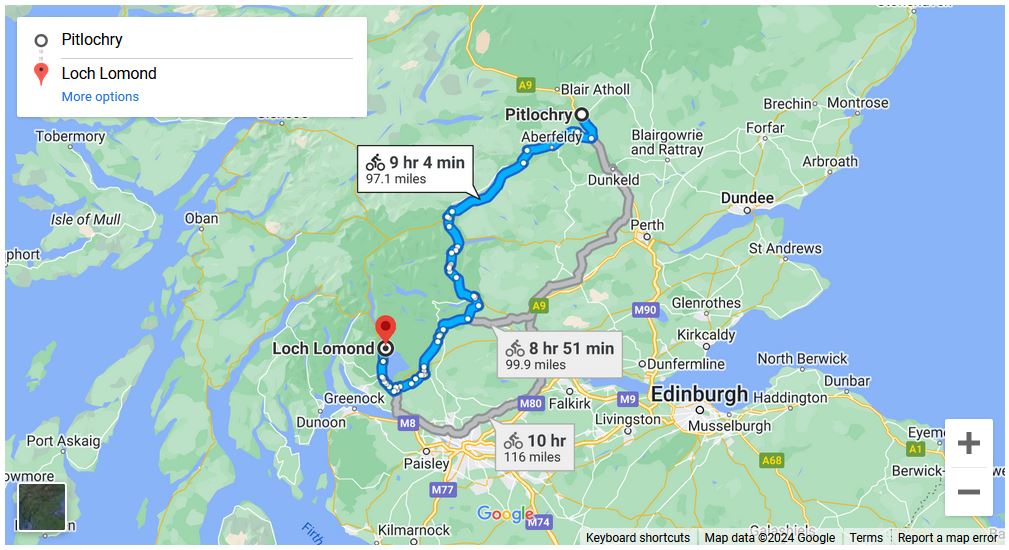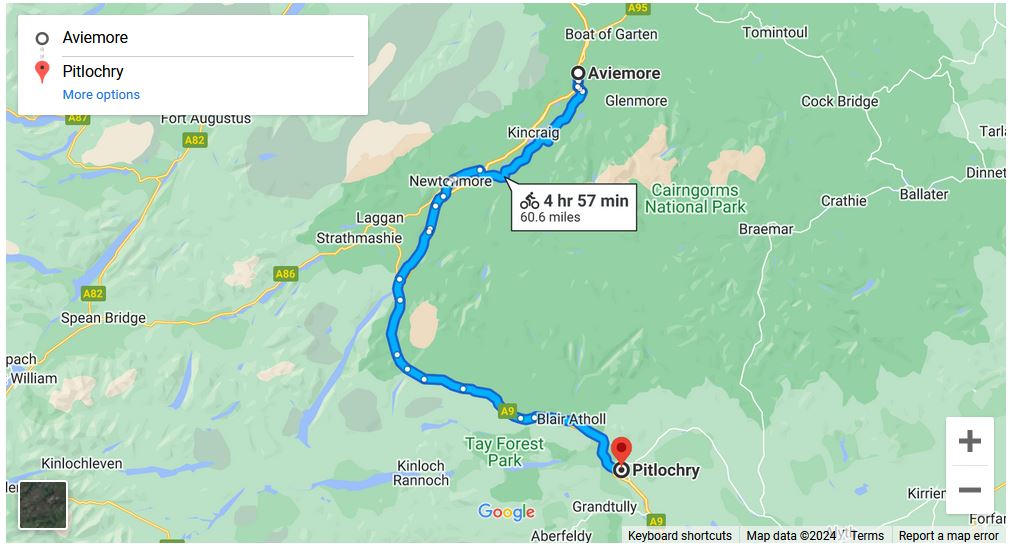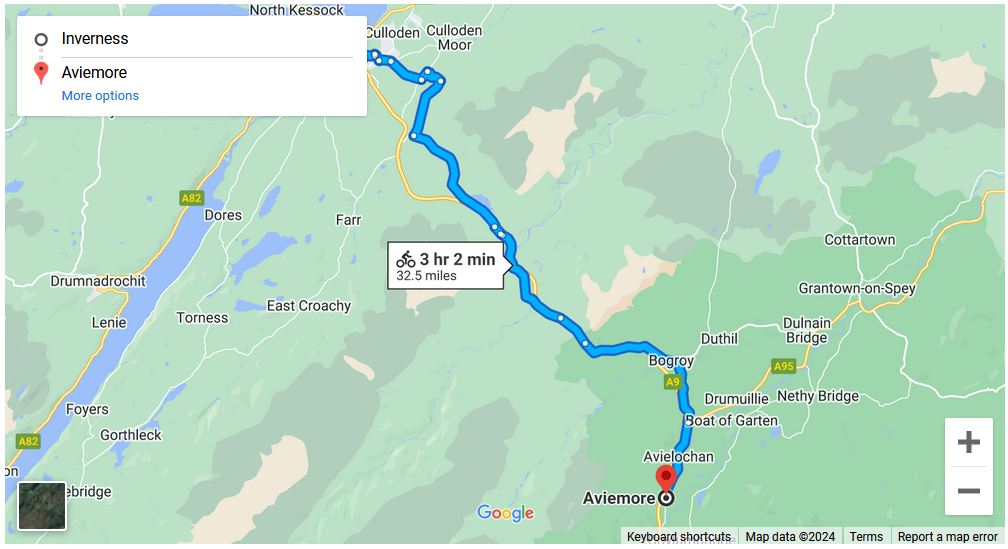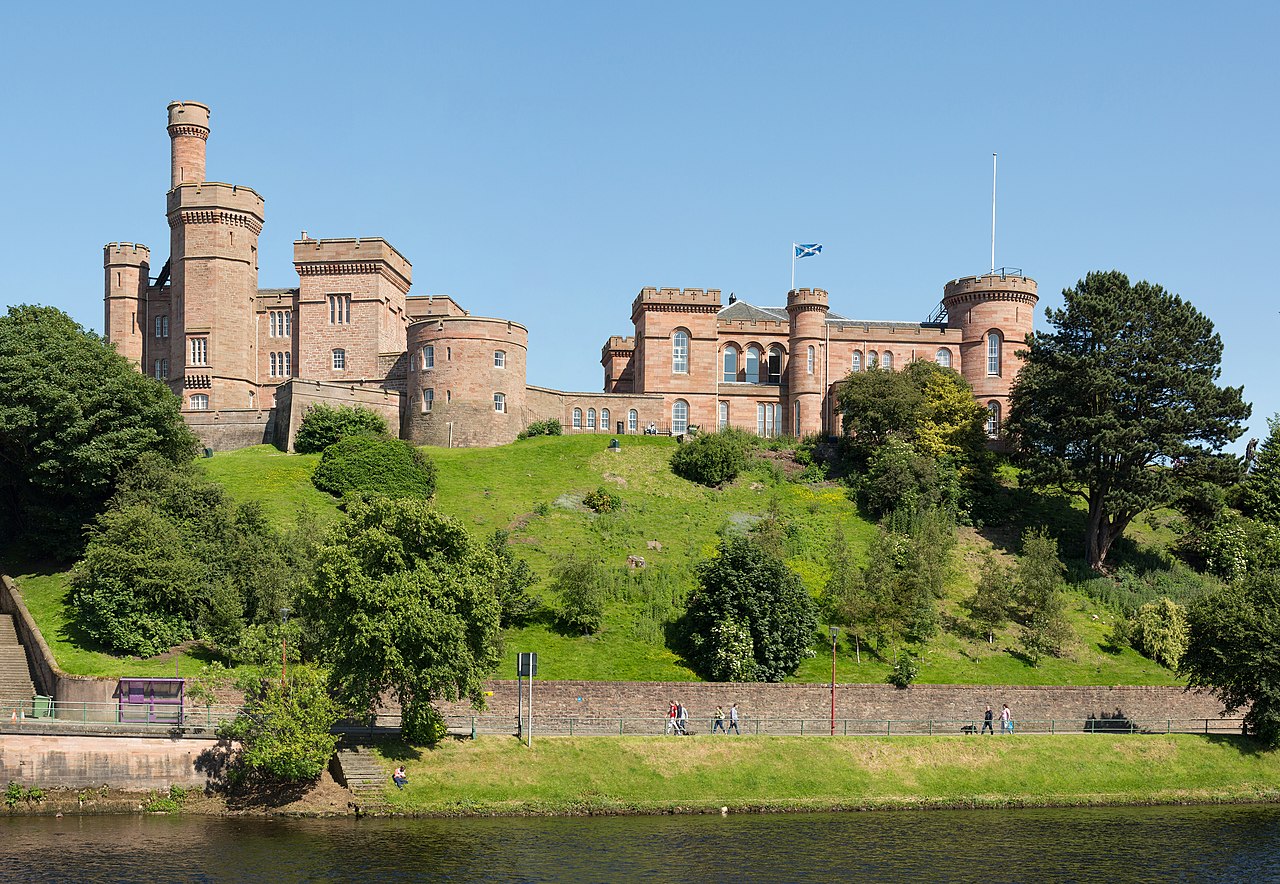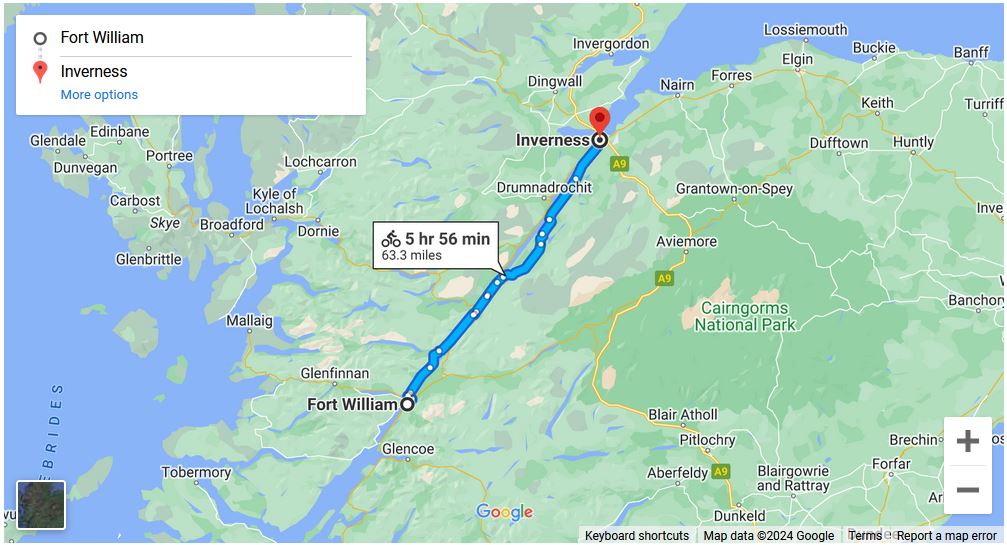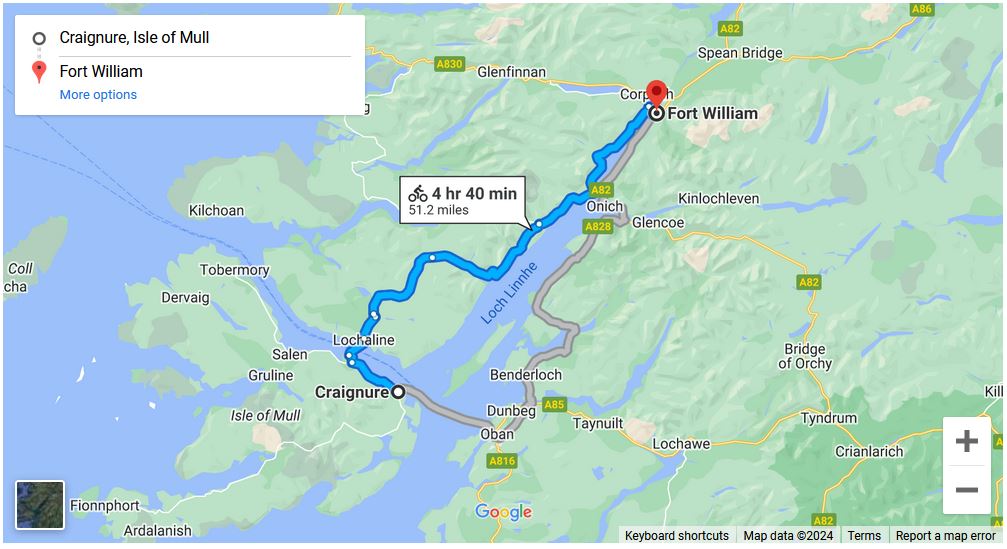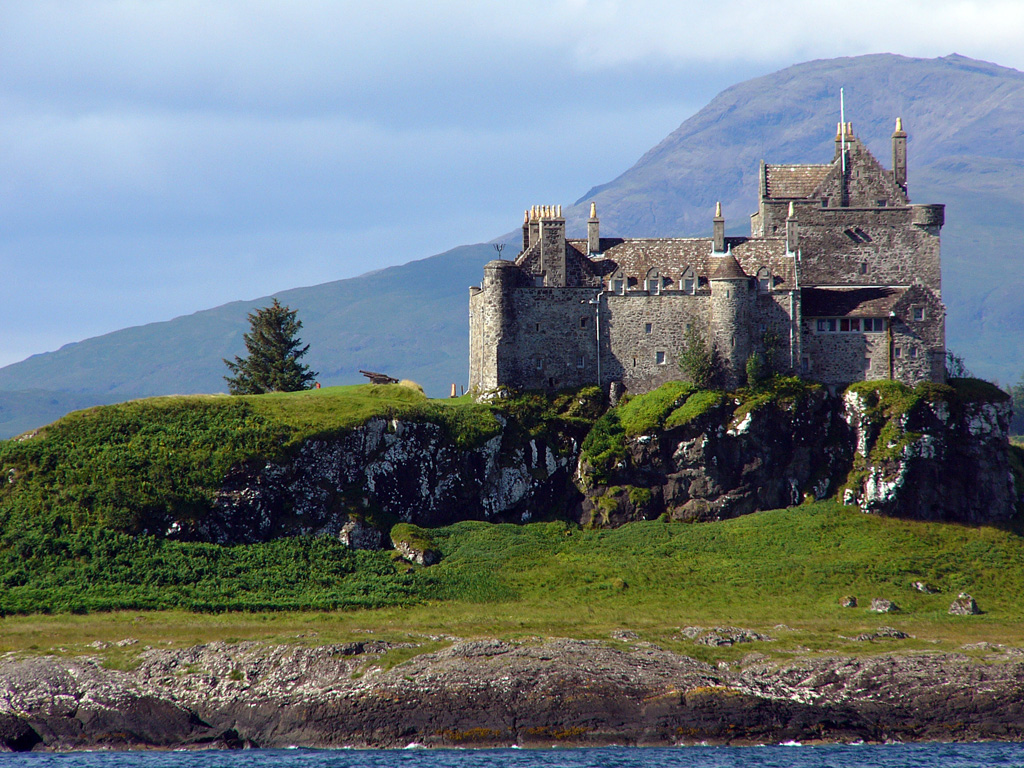Cycling from Dalmellington to Annan unfolds a scenic journey through the picturesque landscapes of South Ayrshire and Dumfries and Galloway in southern Scotland. This approximately 50-mile route takes riders through rolling hills, quaint villages, and the charming countryside, offering a blend of natural beauty and historical richness.
Beginning in Dalmellington, cyclists set out from this small town nestled in the Galloway Forest Park, where the serene surroundings and remnants of its industrial past provide a unique atmosphere. The route initially leads cyclists through the undulating terrain of East Ayrshire, where open fields and meandering streams characterize the landscape.
As riders pedal southeast, the road may pass through villages such as Straiton, known for its traditional charm and proximity to the Galloway Forest Park. The quiet country roads invite cyclists to immerse themselves in the tranquility of the Scottish countryside, with occasional views of hills and woodlands.
Approaching Carsphairn, cyclists may find themselves surrounded by the Galloway Hills, creating a scenic backdrop for the journey. The village, situated along the River Ken, offers a picturesque stop for riders to appreciate the rural beauty and perhaps explore local points of interest.
Continuing southeast, the route takes cyclists through the scenic expanses of Dumfries and Galloway. The landscape may include gentle climbs and descents, with the road winding through farmland and occasional woodlands. Villages like Moniaive, with its artistic community and charming architecture, add cultural interest to the ride.
As cyclists journey through Dumfries and Galloway, they approach the town of Thornhill, located along the Nith Valley. Thornhill’s historical buildings and the proximity to the River Nith create a delightful setting for a break, offering cyclists the chance to explore the town’s attractions.
The road then leads riders to the town of Dumfries, where the River Nith becomes a prominent feature. Dumfries, with its rich history and connections to poet Robert Burns, provides cyclists with an opportunity to explore landmarks like the Robert Burns Centre and the Dumfries Museum.
Leaving Dumfries, the route continues southward, taking cyclists through the picturesque landscapes of Annandale. The road meanders along the River Annan, providing scenic views of the river and surrounding countryside. The charming village of Annan, with its historic architecture and maritime heritage, serves as the final destination for this cycling journey.
Annan, situated near the Solway Firth, offers cyclists a picturesque conclusion to the ride. The town’s landmarks, including the Annan Old Bridge and the nearby Annandale Distillery, reflect its rich history and cultural significance. Cyclists can explore Annan’s streets, visit local attractions, and perhaps enjoy the riverside ambiance before concluding their cycling adventure.
Cycling from Dalmellington to Annan is a journey through the tranquil beauty of southern Scotland. From the Galloway Forest Park to the riverside charm of Annan, each mile brings a blend of natural landscapes, historical sites, and the timeless allure of the Scottish countryside. So, saddle up and pedal through the changing scenes, where the road weaves through hills, rivers, and the cultural richness of the southwest.

